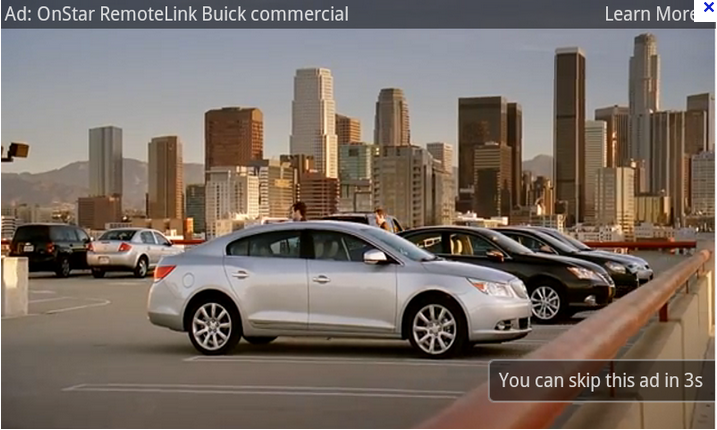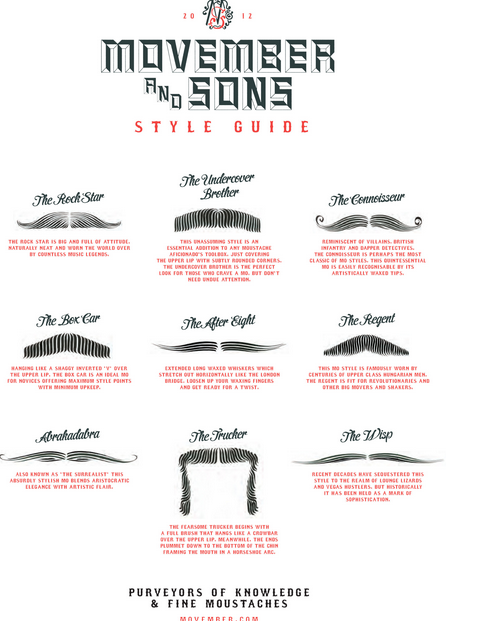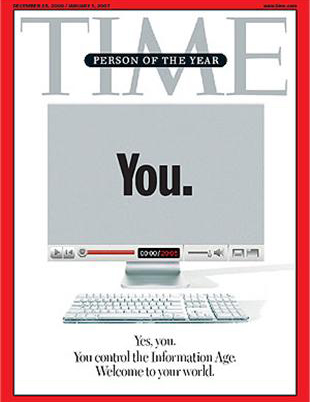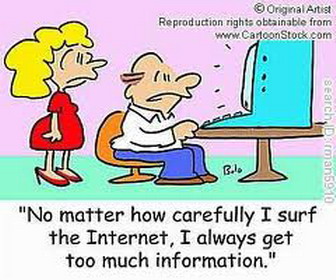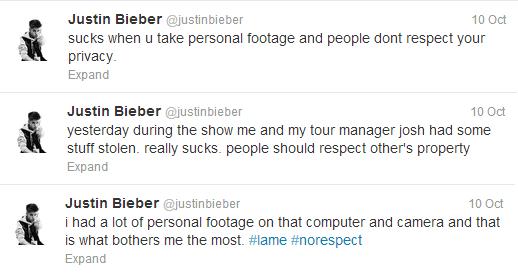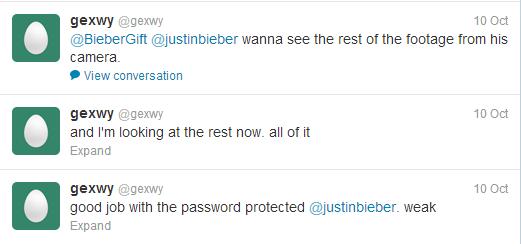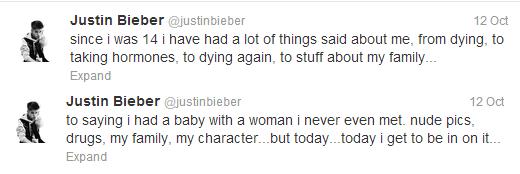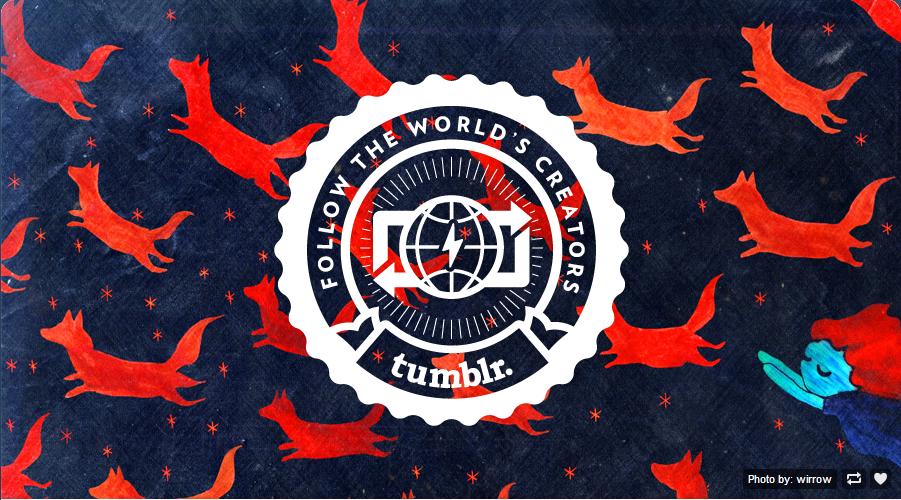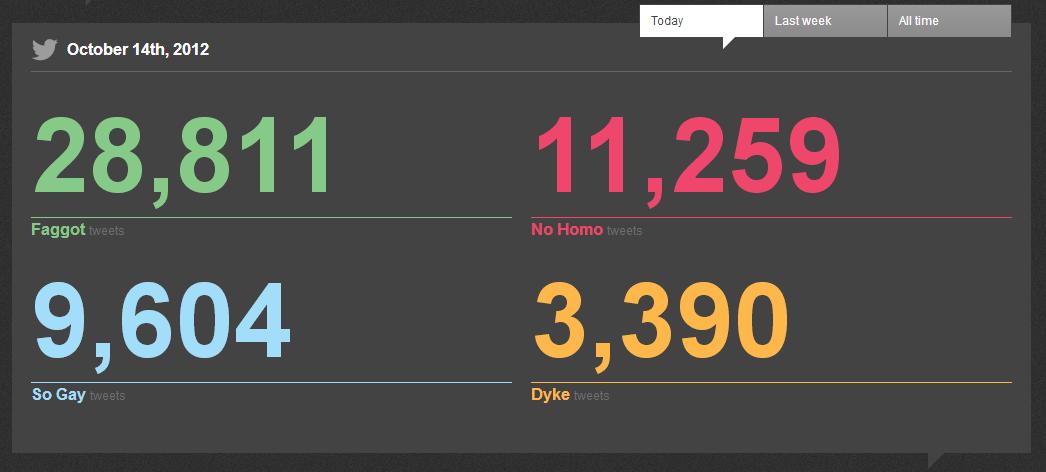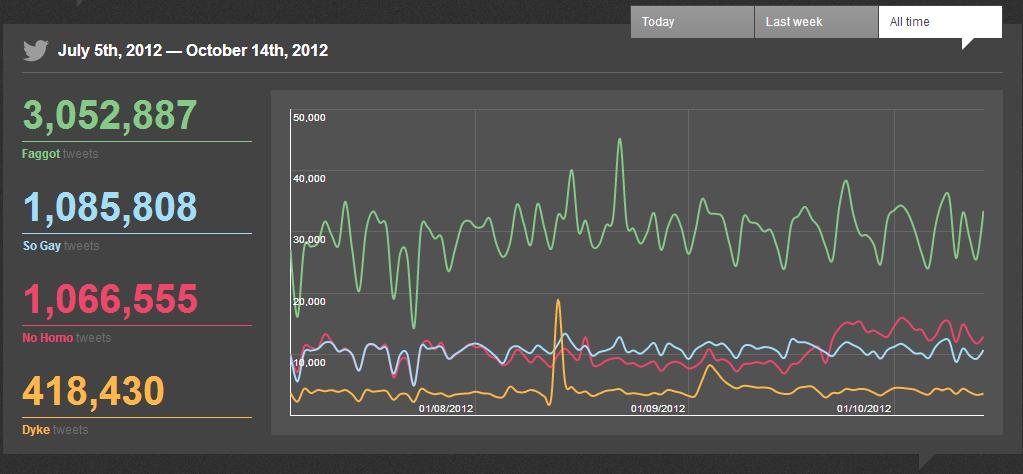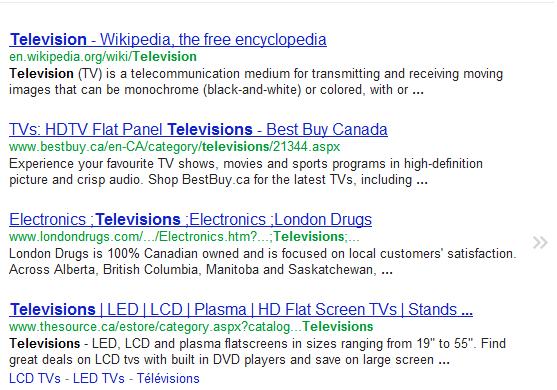The above video has astounding figures, but what is amazing about the numbers presented is they’re 2 years out of date. As the semester draws to an end I’d like to make one last attempt at converting those companies out there who don’t have a functioning online presence to pull it together and make one!
One. Without a relevant Facebook page you are passing up the opportunity to connect with 1 billion Facebook users worldwide. Specifically, there are 18.6 million users right here in Canada. Can your company really afford to pass up the opportunity to reach 18.6 million people with a single status update?
Two. 600 million people access Facebook via smart phones – that’s an increase of 535 million people since this video was created in 2010! If your company website isn’t mobile friendly, that’s a whole lot of customers you’re missing out on. Not only that, when customers visit your store or restaurant, the content they create and post online is invaluable and more influential over consumer opinions than company generated content.
Three. However.. without an active Twitter account, how will they tag you in their content? How will you listen to their needs and join the conversation? Twitter hosts over 500 million users and sees over 400 million Tweets per day. Twitter is by far the easiest social media account to create and set up and its real time capabilities keep companies in the know all day every day.
Four. A restaurant without Instagram is a recipe for disaster. How are customers supposed to share your delicious food offerings if you don’t provide them a platform to do so? Instagram boasts over 80 million registered users who share over 5 million photos per day!
Five. YouTube has over 800 million new visitors each month and users watch over 4 billion hours of videos. Video is a perfect way to increase customer brand awareness while keeping viewers engaged and interacting with the brand. Is it really too hard for your company to create a video and upload it to YouTube?
Below is an up to date social media video. The change in numbers since the 2010 video posted above is incredible. Companies avoiding the social media ‘craze’ are missing out on countless opportunities to listen and talk to their customers, to conduct priceless market research, to promote and generate buzz surrounding new product launches, to network with local companies and the list goes on. The opportunities are endless and it’s not too late to start now! Pick a single platform, monitor, listen and join the conversation. Master one platform and the transition into multiple platforms will get easier and easier. Good luck!

